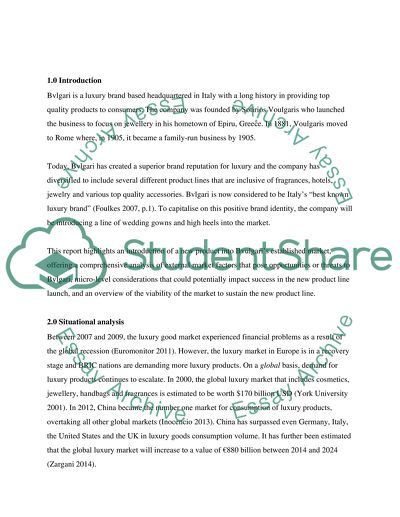Cite this document
(“Strategic management and marketing for the luxury brand--BVLGARI Essay”, n.d.)
Strategic management and marketing for the luxury brand--BVLGARI Essay. Retrieved from https://studentshare.org/marketing/1639275-strategic-management-and-marketing-for-the-luxury-brand-bvlgari
Strategic management and marketing for the luxury brand--BVLGARI Essay. Retrieved from https://studentshare.org/marketing/1639275-strategic-management-and-marketing-for-the-luxury-brand-bvlgari
(Strategic Management and Marketing for the Luxury Brand--BVLGARI Essay)
Strategic Management and Marketing for the Luxury Brand--BVLGARI Essay. https://studentshare.org/marketing/1639275-strategic-management-and-marketing-for-the-luxury-brand-bvlgari.
Strategic Management and Marketing for the Luxury Brand--BVLGARI Essay. https://studentshare.org/marketing/1639275-strategic-management-and-marketing-for-the-luxury-brand-bvlgari.
“Strategic Management and Marketing for the Luxury Brand--BVLGARI Essay”, n.d. https://studentshare.org/marketing/1639275-strategic-management-and-marketing-for-the-luxury-brand-bvlgari.


